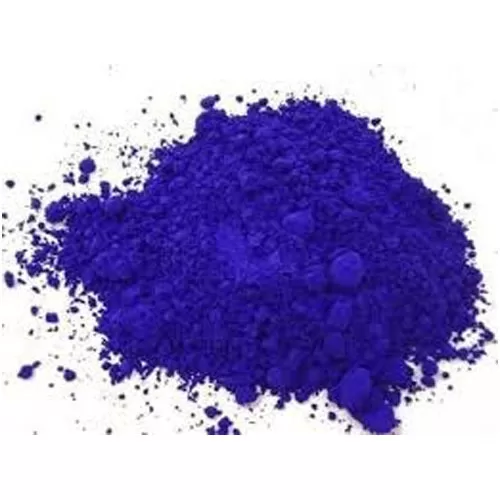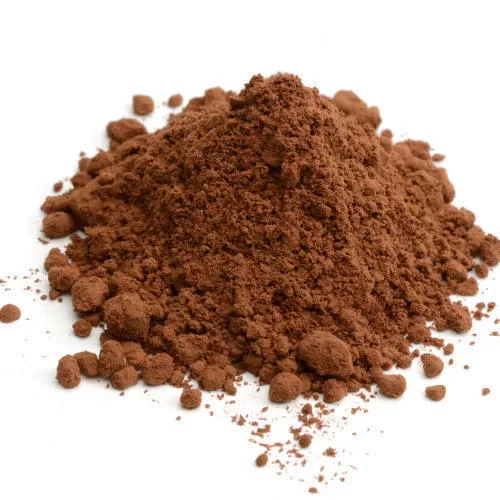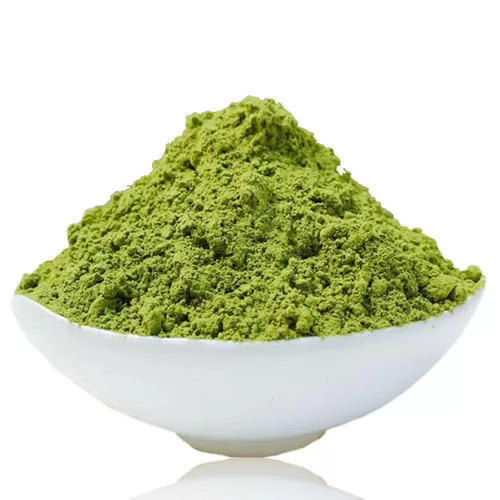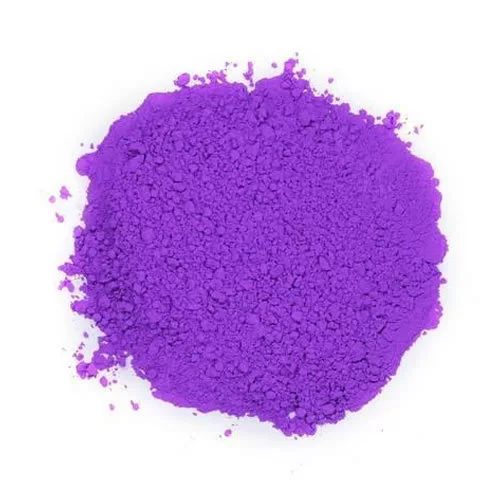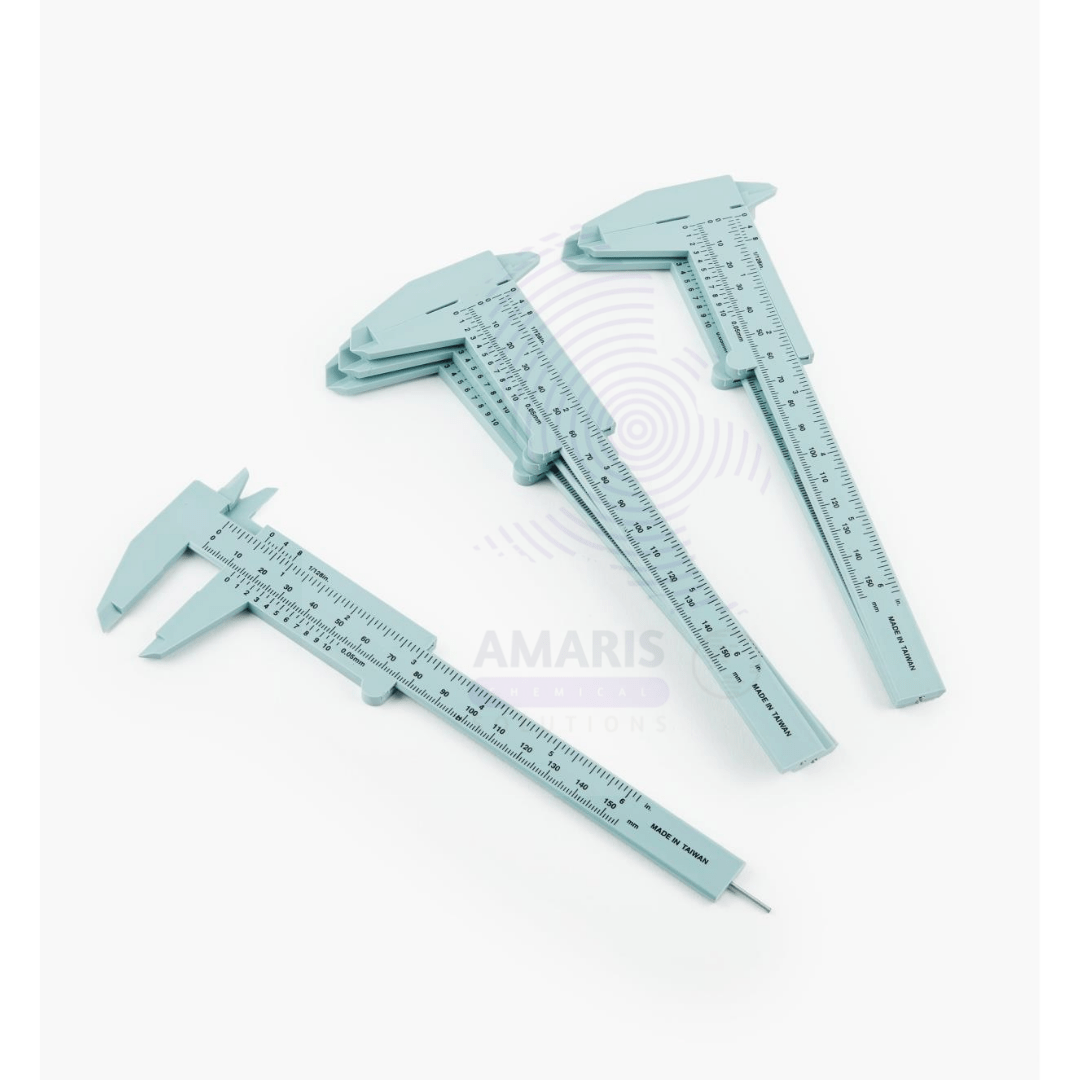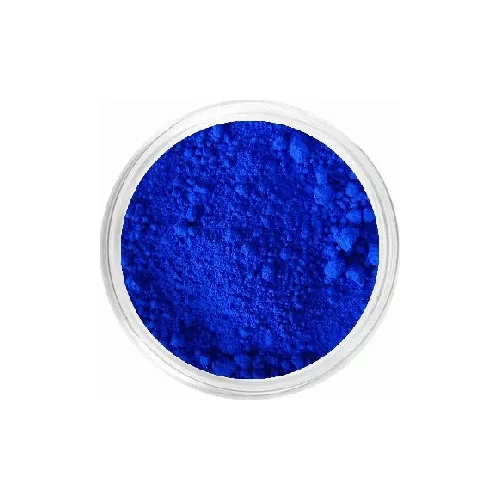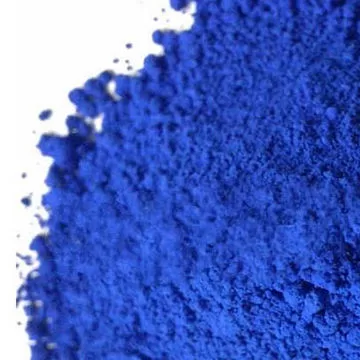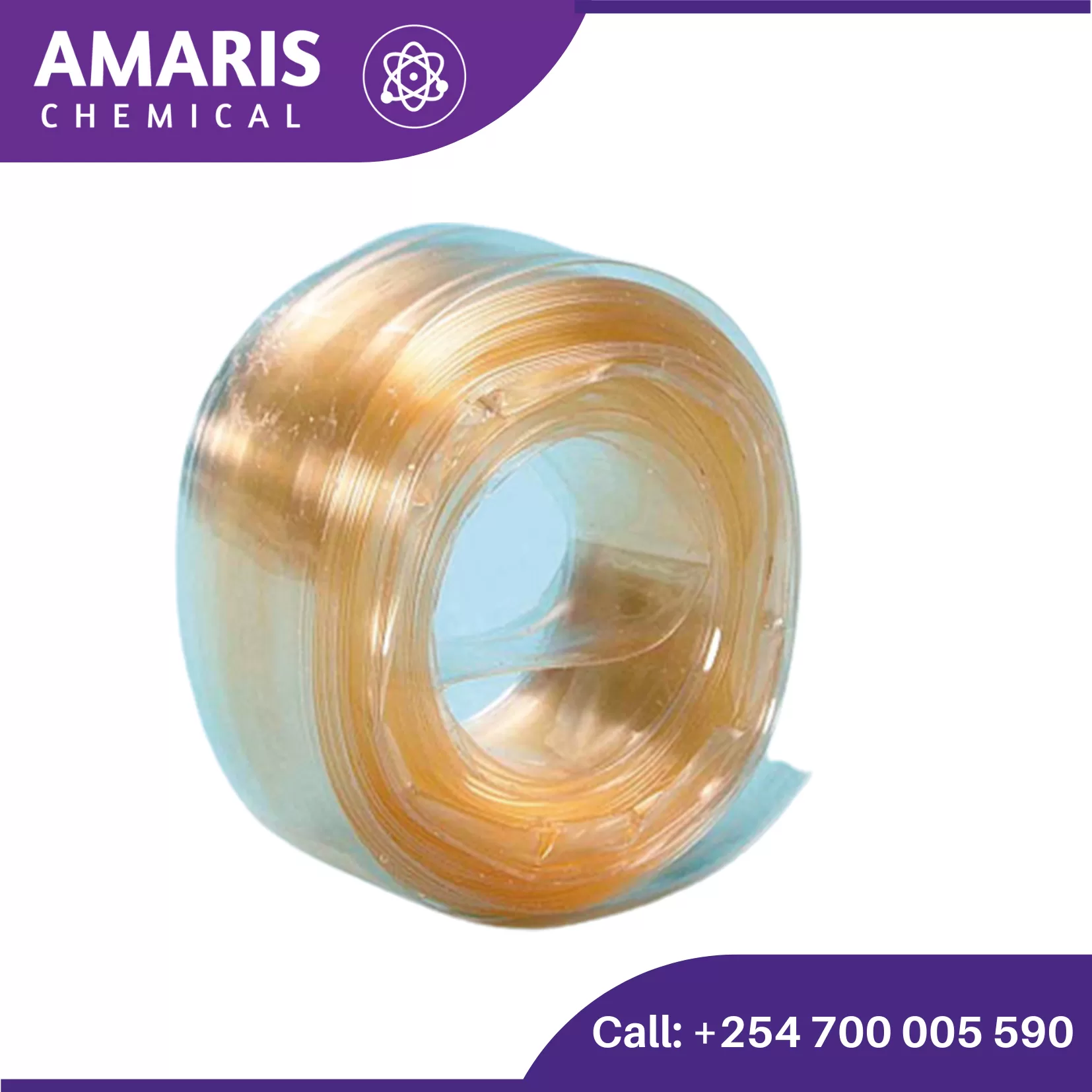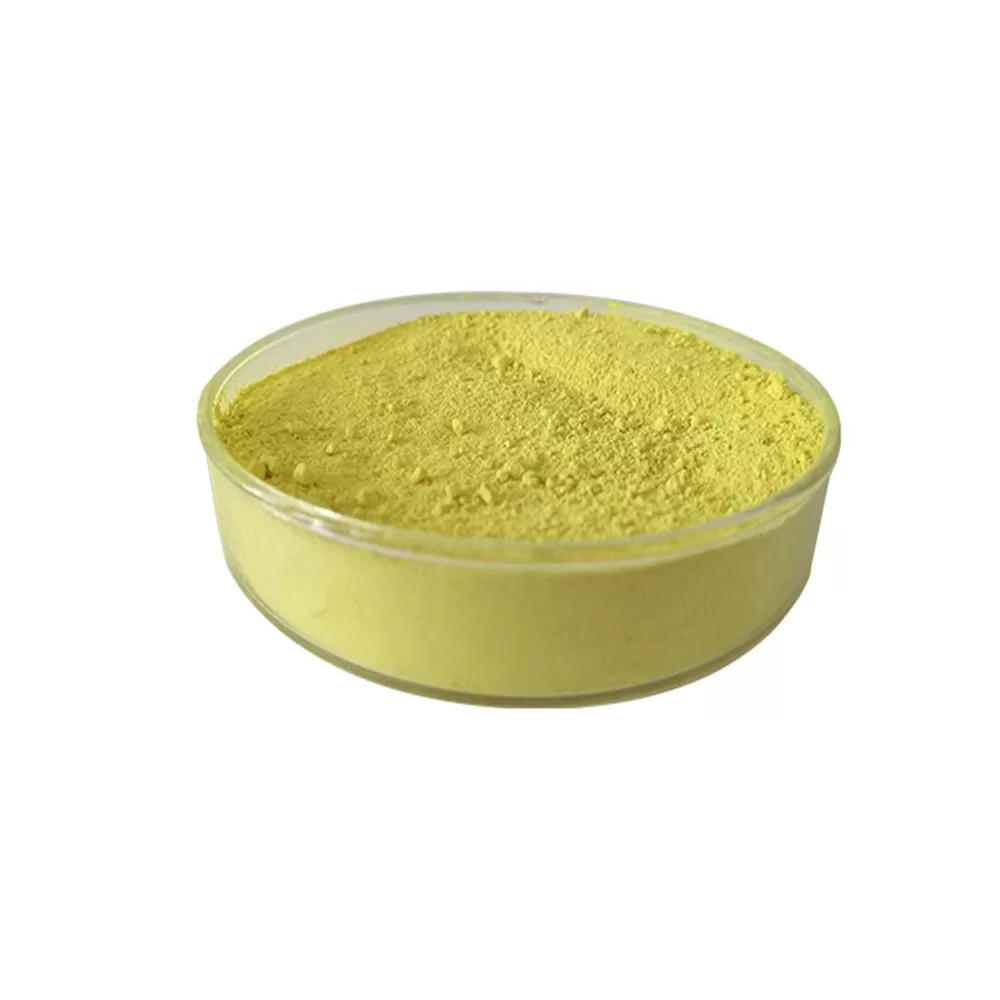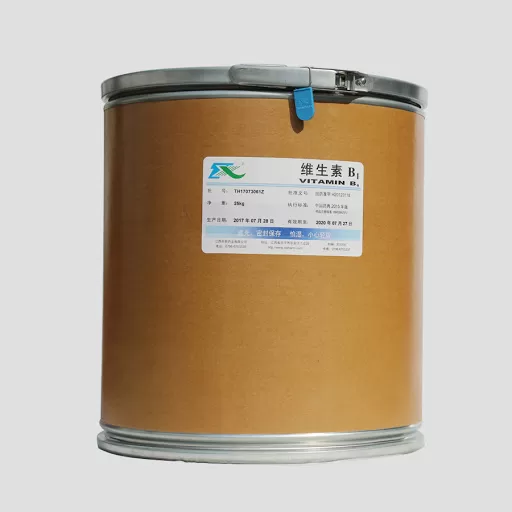VAT blue
VAT brown
VAT green
In concentrated sulfuric acid to red light purple, green precipitation after dilution. Main use + cotton fiber dyeing and printing, also can be used for polyester/cotton blended fabric dyeing, the leuco is mainly used for cotton knits dyeing, but also can be used for plastic, soap and paper coloring
VAT Violet dye
Vennier callipers
Vernier calipers are indeed commonly used in laboratory settings for various measurement tasks. These precision instruments are particularly handy for measuring dimensions with high accuracy, especially when it comes to small objects or components. Here's how they're typically used in a laboratory:
- Measurement of Length: Vernier calipers are primarily used to measure the length, diameter, or thickness of objects with high precision. This could include measuring the dimensions of small components, specimens, or samples in experiments.
- Internal and External Measurements: They can measure both internal and external dimensions of objects. For instance, you could use them to measure the diameter of a test tube (external measurement) or the diameter of a hole (internal measurement).
- Accuracy: Vernier calipers offer high accuracy, typically down to fractions of a millimeter or even less, depending on the instrument's precision. This level of accuracy is crucial in many laboratory experiments and quality control processes.
- Versatility: They're versatile instruments that can measure various types of objects, including round, square, or irregularly shaped ones.
- Depth Measurement: Some Vernier calipers also have a depth gauge attachment, allowing for precise depth measurements, which can be crucial in certain experiments or when working with objects that require precise depth control.
- Zero Error Correction: Proper use of Vernier calipers involves ensuring there is no zero error, meaning the jaws are closed and the zero on the Vernier scale aligns perfectly with the zero on the main scale. This ensures accurate measurements.
- Material Analysis: In materials science laboratories, Vernier calipers can be used to measure the thickness of materials such as films, coatings, or sheets.
- Experimental Setup: They're often utilized in experimental setups where precise measurements are required for ensuring the accuracy and reproducibility of results.
Victoria blue
Visking Tube 1 Metre
A Visking tube, also known as dialysis tubing, is a type of semi-permeable membrane tubing used in various scientific and medical applications. It is commonly used in biological and chemical laboratories for processes such as dialysis, osmosis, and diffusion studies.
Key Features of Visking Tube:
- Semi-permeable Membrane: Visking tubes allow certain small molecules and ions to pass through while blocking larger molecules. This property makes them ideal for separating substances based on size.
- Composition: Typically made from cellulose or regenerated cellulose, which provides the selective permeability required for its functions.
- Applications:
- Dialysis: Used to separate small molecules or ions from larger molecules in solution, commonly used in protein purification.
- Osmosis Experiments: Demonstrates osmosis, a process where water moves across the membrane from a region of low solute concentration to a region of high solute concentration.
- Educational Demonstrations: Frequently used in classrooms to demonstrate principles of diffusion and osmosis.
How It Works:
- Dialysis: The Visking tube is filled with a solution containing both small and large molecules and then submerged in a solvent. Over time, the small molecules pass through the membrane into the surrounding solvent, while the larger molecules are retained inside the tube.
- Osmosis: When filled with a concentrated solution and placed in pure water, water will move into the tube, increasing the volume inside, demonstrating osmotic pressure.
Practical Considerations:
- Preparation: The Visking tube must be soaked in water before use to make it flexible and remove any preservatives.
- Clamping: Both ends of the tube need to be securely clamped or tied to prevent leakage during experiments.
Educational Value:
- Visking tubes are valuable educational tools in demonstrating fundamental biological processes like nutrient absorption, waste excretion, and fluid balance in cells.
Example Experiment:
- Diffusion of Glucose and Starch: Fill the Visking tube with a solution of glucose and starch, then immerse it in water containing iodine. Over time, glucose will diffuse out of the tube while starch remains inside, demonstrating selective permeability.










